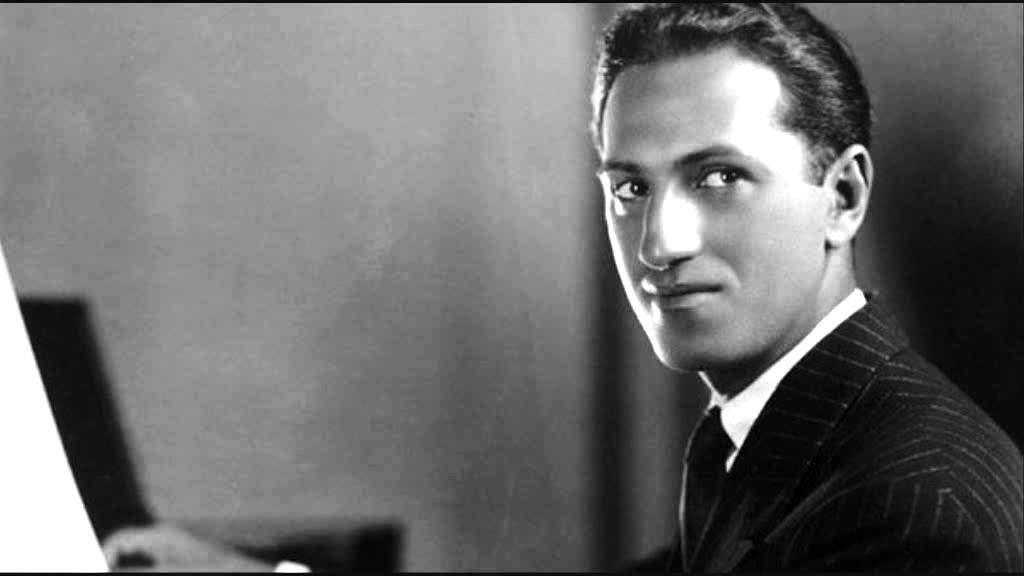
After the premiere of Rhapsody in Blue in 1924, George Gershwin was intent mastering the art of composition. In 1926, Gershwin went to Paris to study with Ravel and, upon hearing Gershwin’s audition, proclaimed he had nothing to teach him and they proceeded to share musical ideas as peers. Ravel exclaimed, “Why be a second-rate Ravel when you can be a first-rate Gershwin?” During this trip, Gershwin wrote the beginnings of a melody he called, “Very Parisienne,” which would become the opening melody for An American in Paris.

In the summer of 1928, with an introduction letter by Ravel, Gershwin returned to Paris to study with the great pedagogue, Nadia Boulanger. However, after playing for her, the same thing happened as it did with Ravel — she would not teach him saying, “What could I give you that you haven’t already got?” Gershwin was not deterred by this in the least, however, and spent the time composing An American in Paris.
Walter Damrosch, the conductor of the newly merged New York Symphony and New York Philharmonic, commissioned Gershwin to write a full concerto following the success of Rhapsody in Blue and An American in Paris is what Gershwin composed. It was premiered December 13, 1928. Unfortunately, Gershwin wasn’t pleased with Damrosch’s interpretation and walked out of a matinee performance. The reviews were positive, although some questioned whether it should be considered as “serious” music and performed alongside the great masters. Gershwin replied, “It’s not a Beethoven Symphony, you know… It’s a humorous piece, nothing solemn about it. It’s not intended to draw tears. If it pleases symphony audiences as a light, jolly piece, a series of impressions musically expressed, it succeeds.”
In the last few years, there has been much press surrounding Gershwin’s original orchestration, as well as the sound and pitch of the car horns that are to be used. I’m not going to go into the details here, although it is a fascinating topic. I suggest reading this New York Times article from 2016.
In 1951, MGM released the musical movie, An American in Paris, with Gene Kelly and Leslie Caron. Directed by Vincente Minnelli, it won the Oscar for Best Picture that year. While not exactly the original music, the final dance sequence is extraordinary.
In an interview with Musical America, Gershwin stated, “My purpose here is to portray the impressions of an American visitor in Paris as he strolls about the city, listens to the various street noises, and absorbs the French atmosphere.” Capturing these words should be the primary goal of any conductor, as well as being completely aware of the style of music making that was prominent in New York City in the twenties and thirties. Here are some examples conductors should be listening to when preparing to conduct Gershwin.
There’s still only one recording I recommend and that is the first recording in 1929 with Nathaniel Shilkret conducting the Victor Symphony Orchestra, drawn from members of the Philadelphia Orchestra and Gershwin is playing the celeste. There are others that I’ll be sharing but everything else is a distant second.
